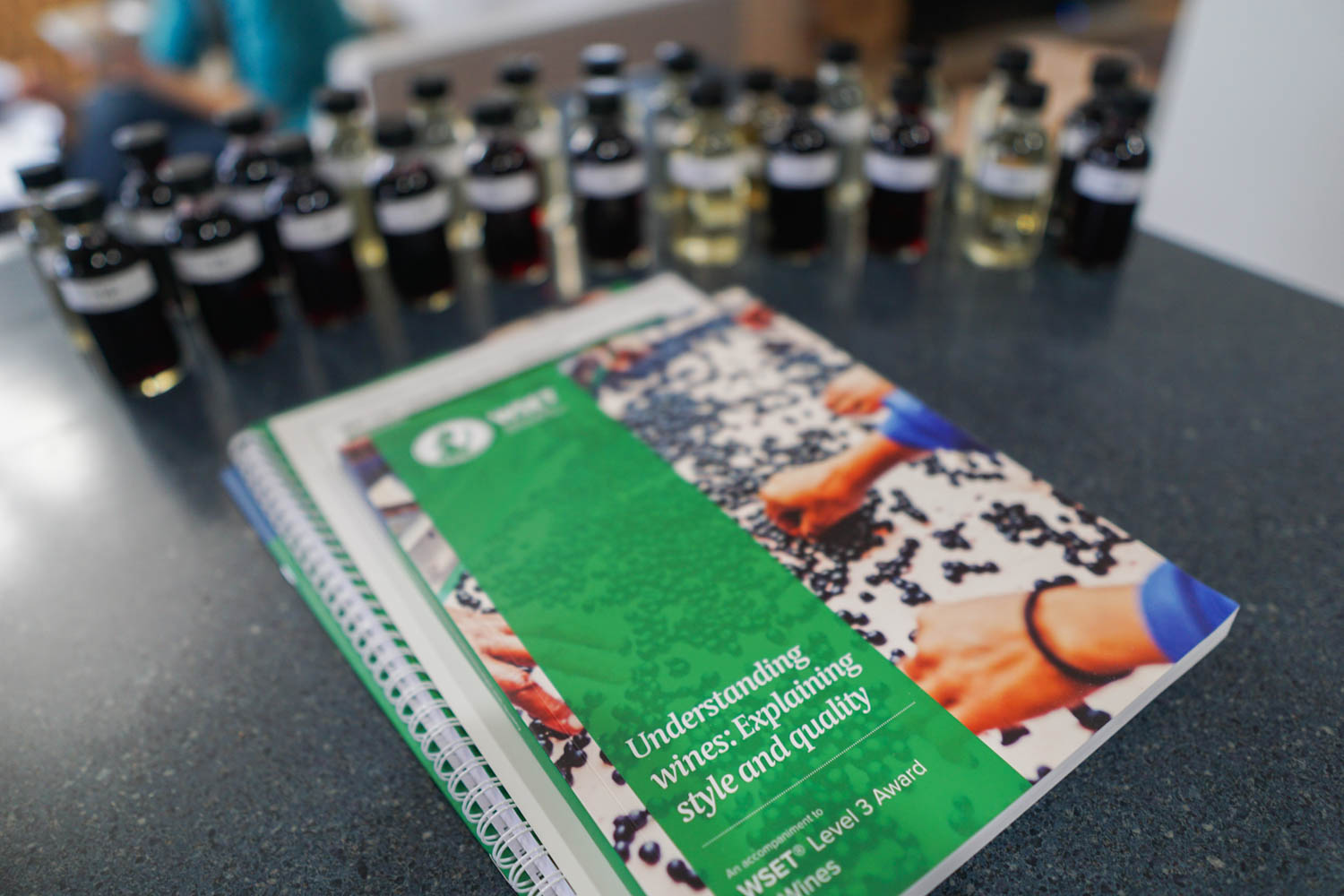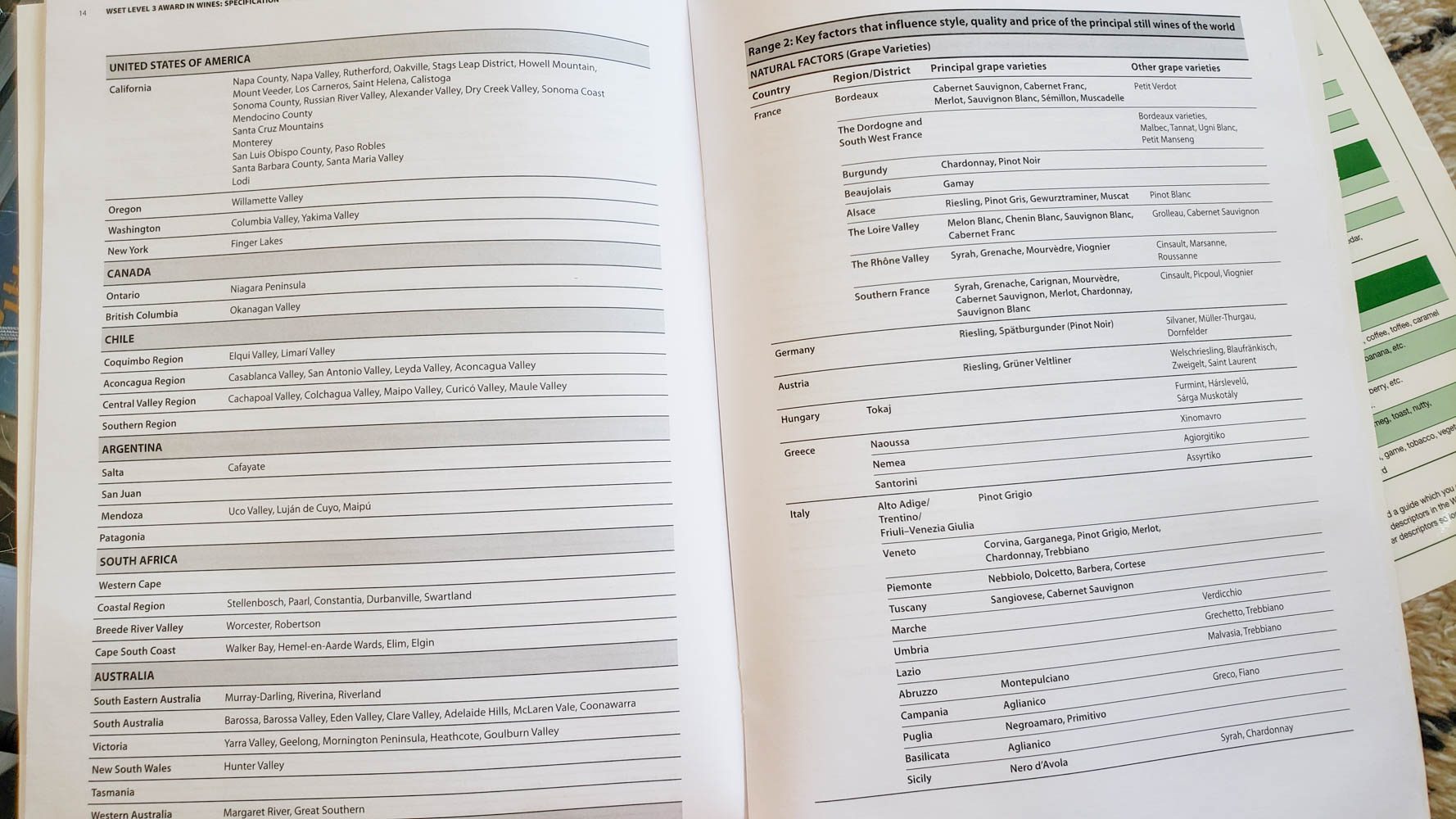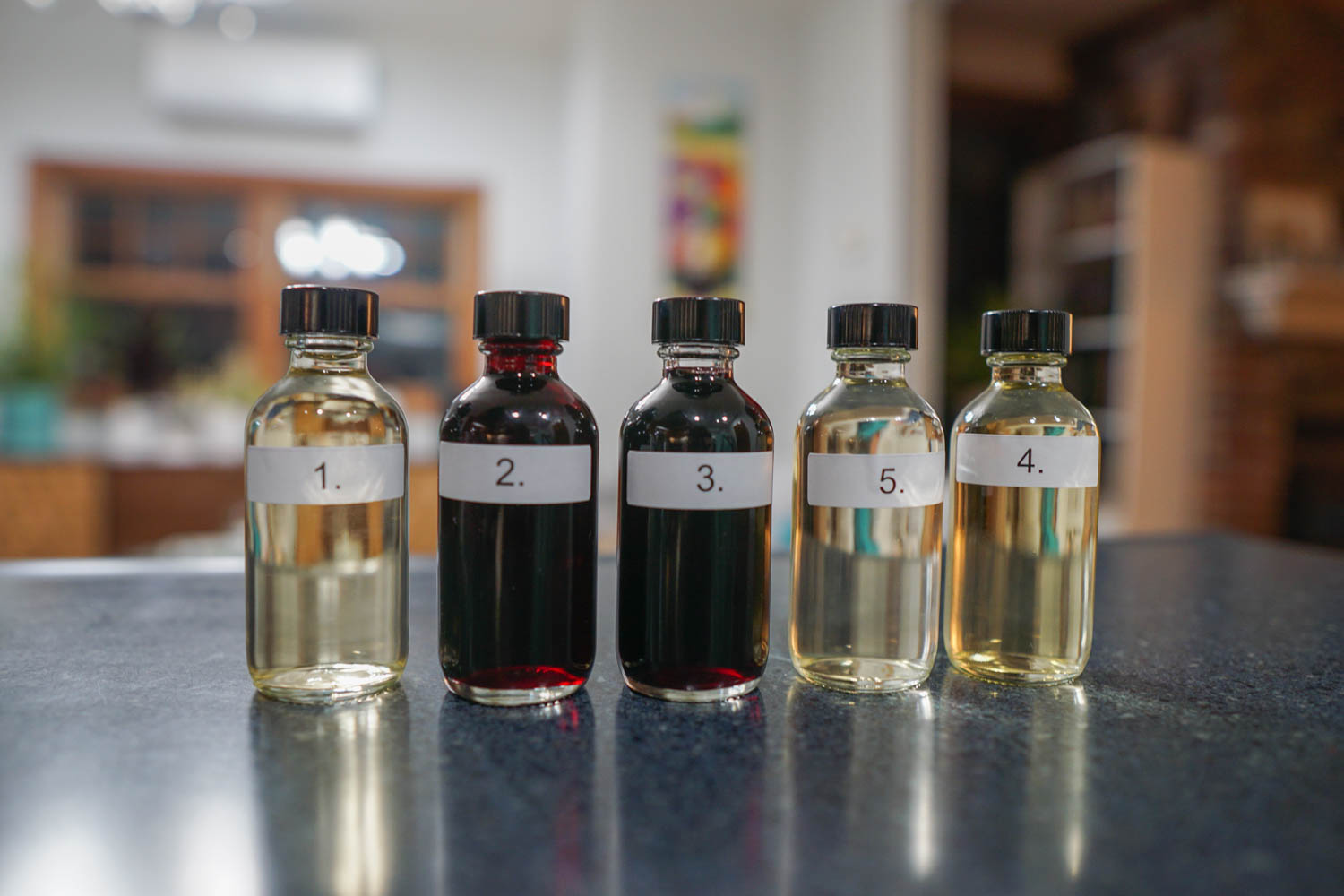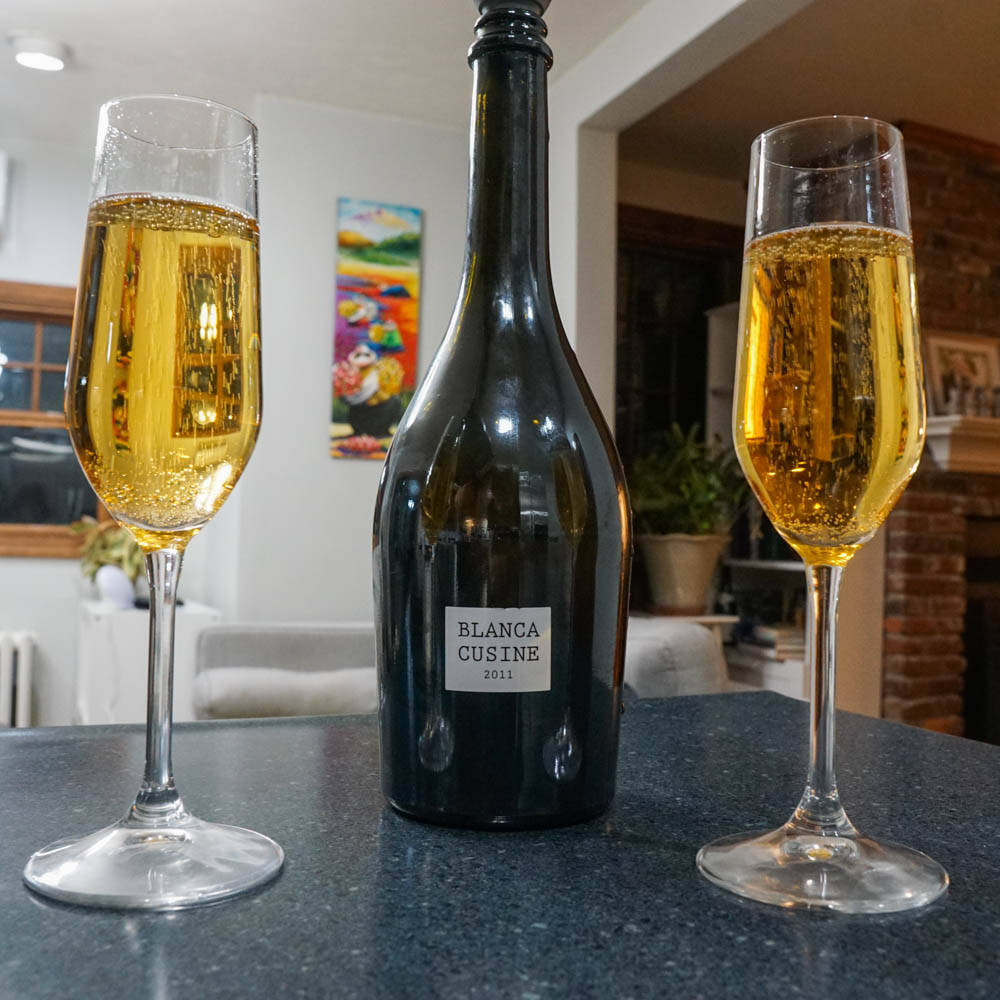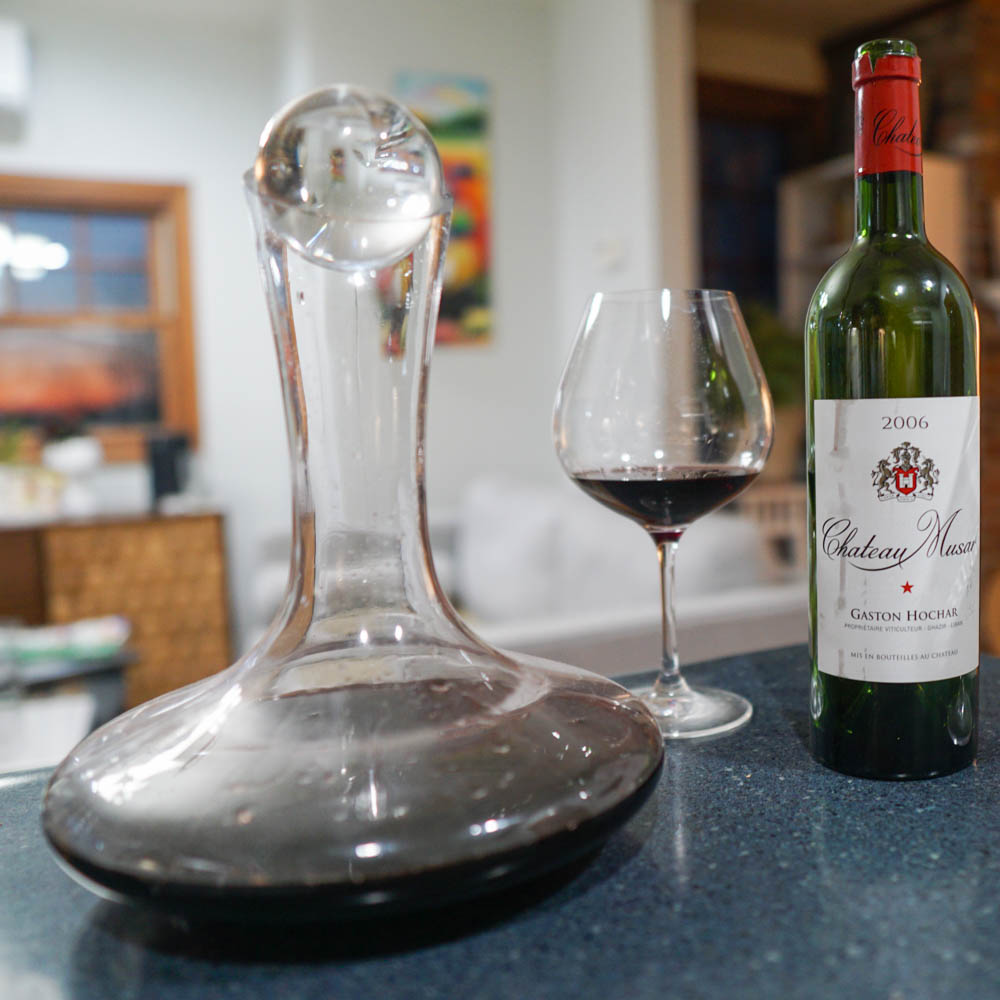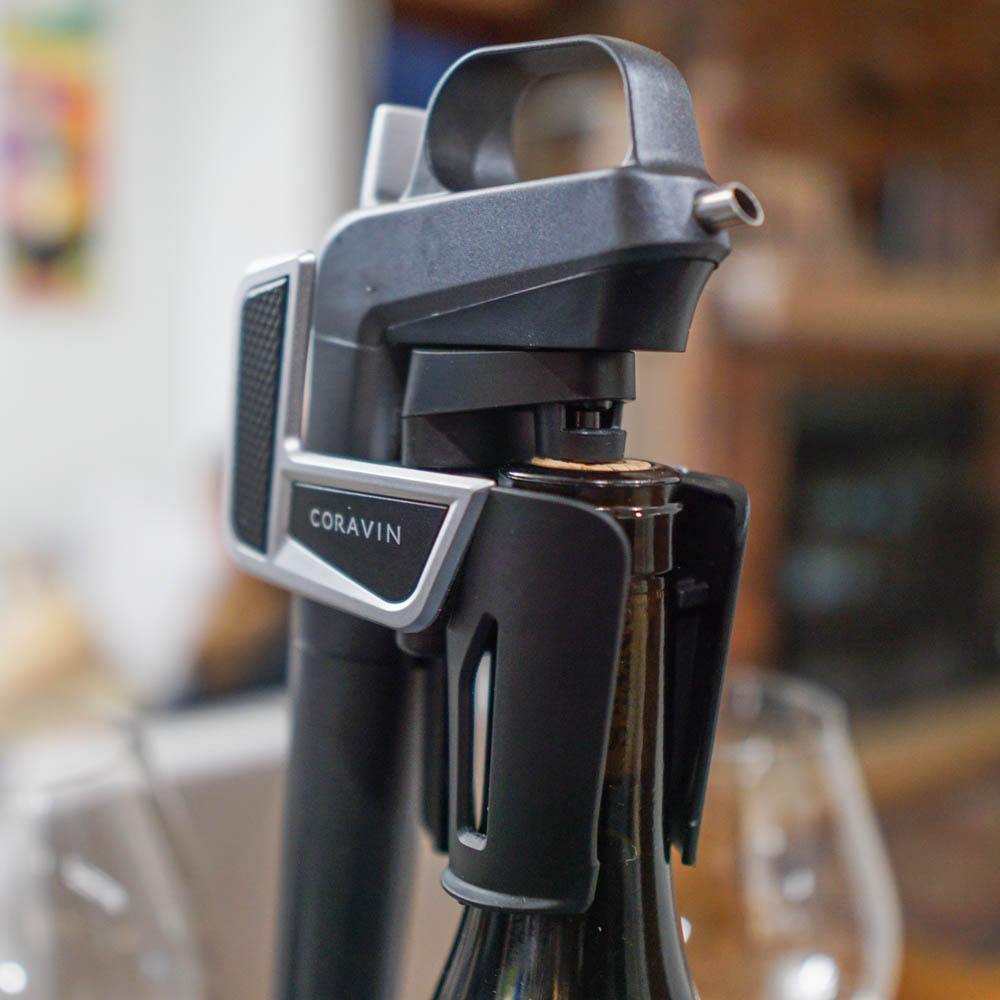Published by Jeremy.
Disclaimers: We use demographic data, email opt-ins, display advertising, and affiliate links to operate this site. Please review our Terms and Conditions for more information. This website is intended for those of legal drinking age in your jurisdiction.
WSET is an international wine school that offers four tiers of classes (aptly named Level 1, Level 2, Level 3, and Level 4- also known as Diploma). These courses help those interested in wine as well as industry workers receive a structured look at all things wine.
After completing my WSET Level 2 in late 2020, I immediately moved on to the 10-week Level 3 course with Capital Wine School in Washington DC and completed the course in early 2021. In this one, I wanted to share more about what you can expect if you move on to Level 3!
But before we get into it, we first have to make the upfront caveat that if you are new to the WSET courses, we highly recommend that virtually all potential students start at a lower level. If you have no experience with wine, you should start in Level 1, and if you have a bit of knowledge, WSET Level 2 is a good starting point. Only those who have comparable certifications to Level 2 via outside programs should consider starting in Level 3- it would be far too intense to start here otherwise.
Apart from simply being robust, Level 3 builds off everything you learn in the lower courses. As such, if you know nothing about WSET programs, we highly recommend you start with our WSET courses article which breaks down the respective levels and then read our detailed WSET Level 2 review prior to this one to get a firm understanding of what is best for you.
Much like in the course, this review assumes you know some basics about what WSET is all about.
Note: I took the WSET Level 3 exam in April 2021. Test material and structure can and does change over time. I passed theory with distinction and tasting with merit.
What All is Included in WSET Level 3?
If you enjoyed Level 2, you will be pleased to know that I consider Level 3 to be virtually identical in terms of the main categories featured. These include storing and tasting wine, how grapes grow, how wine is made, and details about specific grapes, where they grow, and all the associated details that go along with that.
The main differences are that the course simply offers far more of any given topic and that it is also presented in a slightly different way. The former is easily understood (longer course = more material), but the latter is worth discussing more.
When we took Level 2, we noted that the lectures and chapters were organized by grape. But Level 3, the lectures and chapters are organized by country/region (something I personally appreciated).
So in the week of Level 2 where you learn about Cabernet Sauvignon, you may discuss ~10 or so growing regions all over the world and subset PDOs within each. But in Level 3, you may spend a week talking purely about wines of the Loire Valley and Northern/Southern Rhone, and from there may only really mention Cabernet Sauvignon briefly when discussing left bank Bordeaux. A few weeks later when you get to Australia and the USA the grape may come up again as well.
Odds are good this isn't really a problem for most students, but it is worth noting all the same as it is not an inconsequential change in how the material is presented.
Moving on to the more important topic, we also need to discuss just how much more in-depth Level 3 is compared to Level 2. To give you some ideas of the differences, a few examples include:
- Instead of just talking about the parts of the grape in Level 2, WSET Level 3 adds more components as well as also parts of the vine. The course goes even deeper by beginning to discuss different vine growing, trellising, and maintenance techniques as well. I know far more about cane pruning vs spur pruning now thanks to Level 3. I had no idea what either of these meant in Level 2.
- Instead of discussing wine-making choices broadly (like MLF and barrel aging) in Level 2, you'll also talk about options including contact with oxygen, maceration techniques, adjustments, clarification/filtration, and so much more. Do you know what carbonic maceration is, why it is used, and where it is popular? Or how that is different from semi-carbonic maceration? You will at the end of Level 3.
- Instead of discussing a half-dozen or so AOCs in, say, Burgundy, you will discuss closer to 20 with even more in the Cote d'Or plus a more robust discussion in Macon and Cote Chalonnaise as well. Repeat this with virtually every region.
- Then there are even new regions to discuss which weren't even mentioned in WSET Level 2 at all. Think Austria, Hungary, Greece, Tasmania, Portugal, the Finger Lakes, Canada, and more. As such, it is pretty fair to say that if Level 2 discusses roughly 30 grapes in 70 unique PDOs, then Level 3 discusses roughly 100 grapes in 150+ unique PDOs (estimating here).
If you were to stop and really think about it, Level 3 is not re-inventing the wheel when it comes to discussing wine. It is just providing more granular detail (think 20 wine production choices as opposed to, say, five or six) and more volume (~100 grapes vs 30 grapes and more regions). At the end of the day, while there is a significant amount of new material and topics, it all relates back to the same core principles of wine that are discussed in Level 2.
In fact, in our general WSET wine class article, we mention that each progressive course is 3-5x more robust than the last, which also means that it is 3-5x harder as well. This is simply because the volume of information increases accordingly more than anything else. Wine is not an inherently difficult topic, but it becomes difficult purely on volume.
All of this is great for those who really want to go deeper into wine, but it also all comes back at the end with the test. How much that aspect of the course matters to you could, in fact, be the biggest issue of all.
What to Expect on the WSET Level 3 Test
In our Level 2 review, we discussed a unique aspect of the multiple-choice test in that many answers can be deduced simply by using logic. If you knew a question was discussing a red grape but recognized an answer was only applicable to white, you could remove it as an option and increase your odds of being right from 25% to 33%.
In fact, we had several questions in our Level 2 exam where two or even three out of four answers were outright wrong for the question, which made landing on the correct answer a breeze. I'll take a 50/50 shot any day of the week over 25% if I am unsure.
You won't be as lucky in Level 3.
The reason for this is because WSET Level 3 consists of three parts, the multiple-choice test is only one of those, and you have to pass all three to pass the exam here.
Thankfully, the multiple-choice element is identical in structure to Level 2's exam, and many of the thoughts about making logical deductions hold true. Unfortunately, as Level 3 has far more details you have to remember, the frequency of what we'd call “dummy answers” goes down quite a bit- so you really do need to know your stuff at this point as freebies are not as frequent and sometimes harder to recognize (but every test is different- you really could get lucky).
For many test-takers, the essay and tasting exams come with their own set of struggles that should be addressed as they are likely a more pressing concern.
Before we dive into it, we should note that if you are enrolled in WSET Level 3, we have full articles on our best tips on how to pass the WSET Level 3 essay exam and WSET Level 3 tasting exam on our site. These tests truly deserve their own articles and we highly encourage you to read those if you are already enrolled (in fact, we have one for passing the WSET multiple-choice exam as well). It'll be worth your time to read all of these if you are enrolled in Level 3.
But for those who are thinking about enrolling in Level 3 and haven't yet committed, we have some broad thoughts. While these tests are challenging, WSET makes them approachable if you know what to look for. For example, in the tasting and essay exams, the questions have a listed number of points. Generally, this total matches up to the number of elements WSET wants in your answer. If the question is one point, you need one item in your answer. Questions with three points require three unique elements. And so on.
So in the tasting exam when you need to address the Appearance of your red wine, WSET will show it is worth two points. This means they want two answers to go with it. If you know your tasting card inside and out, you know you must provide a statement on Intensity and Color and that there are only a limited number of possibilities to choose from per WSET lexicon- pale/medium/deep for Intensity and purple/ruby/garnet/tawny/brown for Color (this is specific to red wine- whites have their own terms).
If you know the proper terms, this portion of the exam isn't really different from the multiple-choice exam- most tasting categories may only have 3-5 options to choose from. If you are in the ballpark, you may improve your chances to a 50/50 shot simply by using logical deduction. Since you don't have to actually guess the wine, all you really need to worry about is describing it properly using WSET terms, which comes easier with practice and calibrating your taste buds to that of your instructor (this will happen if you take a live course with wine samples- highly recommended).
Likewise, one of the biggest reasons students miss points on the essay exam is that they only answer the question at hand. What we mean by this is that the questions are often devised in such a way that you should elaborate on the question just as much as the solution to show a full comprehension of the topic.
For example, a great practice question we were given in our class asked about frost prevention measures you could take in the Mosel. A lower-quality answer might only talk about the steps that should be taken to prevent frost. A more complete answer would also discuss why the Mosel has frost to begin with and why it is a problem for growing grapes in addition to providing the solution. An even better answer may do that plus provide several solutions and how they work, too.
Think of the differences between these: “Providing a heat source near the vines help prevents frost” vs “The Mosel is a cool continental climate subject to late spring frosts. This can cause damage to new shoots after budburst as well as flowers early in the season which could lower the vineyard's overall yield. Frost can be mitigated by providing a heat source near the vines (like an open flame), circulating the air via fans, or spraying water.”
The first answer may only get one checkmark. The second answer has the potential for 3-7 depending on what an instructor might be looking for. In reality, the best answer may also explain how and why each method works as well. If the question is worth five points and you only provide one answer in your solution (as per the first example), we can safely say you will not score above a 1/5. The points really are a guide for the level of detail you need!
We only want to highlight this here so prospective students really have an idea of the depth that is required of them if they take Level 3.
Overall, while I think that WSET Level 3 is quite comparable to Level 2 in terms of its structure, the content volume is multiplied several times over (likely on a magnitude somewhere between 3x-5x more). If you received your Level 2 certification, odds are good you could apply the methods and logic you learned in the course to study all the extra material on your own via 3rd party sources and come away just as knowledgeable as if you took the course yourself. But at the same time, if you enjoyed how WSET presents the material and simply want more in a structured course environment, Level 3 is a great option to consider.
Onward to Diploma!
Upgrade Your Home Wine Bar
Need to upgrade your wine bar? Grab some new wine accessories:

